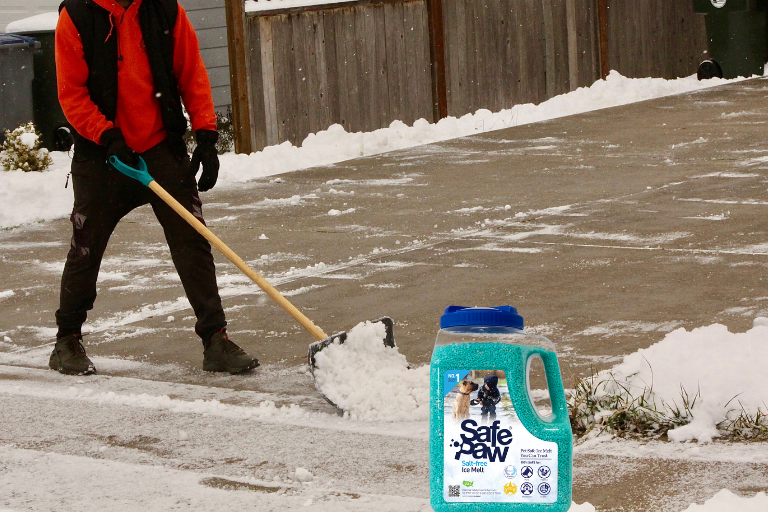
Imagine the winter sun shining brightly, yet the ground below remains a treacherous slide of ice. Why isn't it melting? We often consider the air's temperature, but we tend to overlook the temperature of the ice itself. Delving deep into the chilly world of frost and freeze, let's unpack the mysteries of the temperature of ice and understand the pivotal role it plays in the efficiency of various melting agents.
Unraveling The Cool Facts: What's The Temperature Of Ice?
It's easy to assume that all ice has a consistent temperature, right? But here's the twist - it doesn’t. Ice can exist at a range of temperatures, depending on various conditions.
- Formation Factors: The temperature of ice varies based on how it was formed. Was it a slow freeze over several days, or did a sudden drop in temperature cause a quick freeze? Slowly formed ice tends to be at a lower temperature.
- External Influences: Factors such as wind chill, solar radiation, and surrounding surfaces can affect the temperature of the ice.
- The Magic Number: While the melting point of ice is 0°C (32°F), ice's temperature can be much lower, especially in severe winter conditions.
Eco Friendly Ice Melt
Melting Mysteries: Why Does Ice Temperature Matter?
One might question, "If the melting point of ice is a consistent 0°C, why fuss about its actual temperature?" Here's where the science gets interesting.
- Energy Absorption: Colder ice requires more energy to reach its melting point. The temperature difference between the ice and its surroundings dictates the rate at which it absorbs heat.
- Melting Agent Efficiency: The efficiency of a melting agent is directly linked to the ice's temperature. Colder ice requires more agent to initiate the melting process, which can sometimes lead to over-application and waste.
- Quick Fact: Ever noticed how salt works fine on slightly frosty roads but becomes nearly ineffective on super chilly days? That's the temperature of ice playing its part.
Understanding The Role Of Melting Agents
When we sprinkle a melting agent, we're essentially trying to lower the water's freezing point, making it harder for the ice to stay solid. But not all agents are created equal.
- Common Salt: While it's a popular choice, salt (sodium chloride) has its limitations. As the temperature drops, its efficiency decreases. Plus, it can be harmful to the environment and corrosive to surfaces.
- Safe Paw's Game-Changer: Unlike traditional salt-based melters, Safe Paw is a chemical and toxin-free ice melt, ensuring that our environment, pets, and kids remain safe. It works effectively at lower temperatures, proving its mettle where regular agents falter.
Why Safe Paw Shines Where Others Dim
Given the varying temperatures of ice, having a reliable melting agent becomes crucial. Safe Paw stands tall for several reasons:
- Chemical-Free Formula: The last thing you want is to introduce more chemicals into the environment. Safe Paw ensures effective melting without the environmental cost.
- Pets and Kids Safe: Traditional melting agents can be harmful if ingested. Safe Paw, however, ensures that our furry friends and tiny tots stay protected.
- Efficiency at Lower Temperatures: Regardless of how cold the ice is, Safe Paw remains effective, ensuring slip-free surfaces in even the most severe winter conditions.
In Conclusion: Melting With Precision And Care
Understanding the temperature of ice isn't just for the scientists. It’s for all of us who have slid on an icy sidewalk or had to chip away at a frozen driveway. While nature plays its part, we can equip ourselves with knowledge and the right tools, like Safe Paw, to ensure winter remains a wonderland and not a slippery nightmare.
https://safepaw.com/?p=9700
Comments
Post a Comment